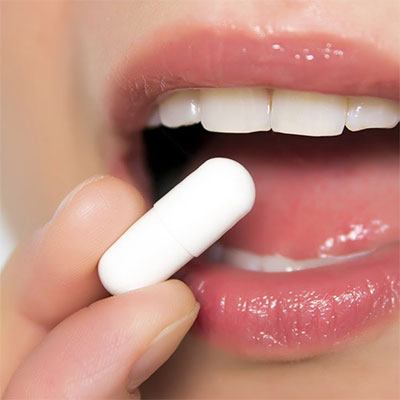Pharmaceutical Delivery Systems
Oral Delivery

One of the basic setbacks of oral delivery is limited bioavailability. In many cases our very efficient digestive system already breaks down drug molecules before they pass the barrier of the intestinal mucosa and reach blood circulation. This first-path elimination determines, how much of a drug reaches its target. To achieve sufficient concentrations in the blood flow, high amounts of the drug must be orally administered to attain therapeutic levels. Outer protection of drugs in the form of lacquered tablets or by encapsulation may help extend the period before the active substances start to be degraded.
Very often Phospholipids offer a more reliable approach to increasing bioavailability. They improve solubility and dissolution rate of drugs, especially those that are difficult to dissolve in water (BCS class II). Phospholipids speed up resorption of drugs before they reach the small intestine and are decomposed there.
As more and more positive effects of Phospholipid use become known in the pharmaceutical industry, many existing (and patented) oral drugs will be reformulated into transdermal or transmucosal delivery. Usually this process takes place in the form of line extension.
